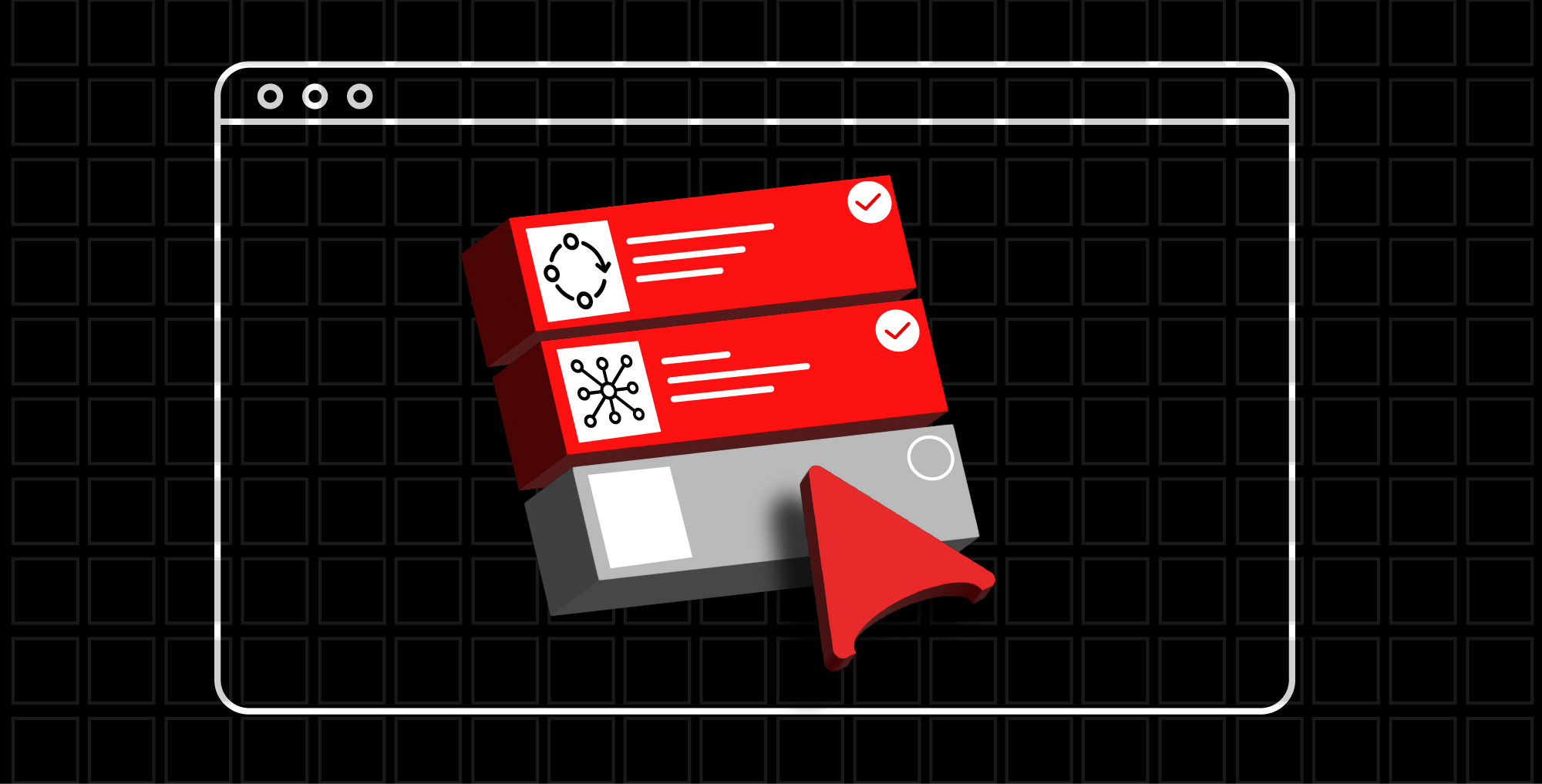Page
Clone the GitHub repository and create the pipeline

Ready to get started? In this lesson, you will clone the GitHub repository and prepare a pipeline.
In order to get full benefit from taking this lesson, you need to:
- A web browser.
In this lesson, you will:
- Clone a repository.
- Create your pipeline.
Clone the GitHub repository
Where you put this on your PC will be your working directory. You will change some of the code based on your sandbox. Run the following command to clone the GitHub repo to your PC:
git clone https://github.com/redhat-developer-demos/openshift-pipelines-workshop
Prerequisites
We will create the pipeline object from the command line. The only tool needed is the oc command-line interface. The contents of the qotd-pipeline.yaml file are as follows:
apiVersion: tekton.dev/v1beta1
kind: Pipeline
metadata:
name: qotd-build-and-deploy
spec:
workspaces:
- name: shared-workspace
params:
- name: git-url
type: string
description: url of the git repo for the code of deployment
default: https://github.com/redhat-developer-demos/qotd.git
- name: IMAGE
type: string
description: image to be built from the code
default: image-registry.openshift-image-registry.svc:5000/<<project_name>>/qotd:latest
tasks:
- name: fetch-repository
taskRef:
name: git-clone
kind: ClusterTask
workspaces:
- name: output
workspace: shared-workspace
params:
- name: url
value: $(params.git-url)
- name: subdirectory
value: ""
- name: deleteExisting
value: "true"
- name: build-image
taskRef:
name: buildah
kind: ClusterTask
params:
- name: TLSVERIFY
value: "false"
- name: IMAGE
value: $(params.IMAGE)
workspaces:
- name: source
workspace: shared-workspace
runAfter:
- fetch-repository
- name: apply-manifests
taskRef:
name: apply-manifests
workspaces:
- name: source
workspace: shared-workspace
runAfter:
- build-imageNotice the IMAGE parameter and, specifically, its default value. That value will not work. It must be changed.
There are two ways to change the value:
- Change the value in this file using a text editor, or
- Override the value when you use the
tkncommand-line tool to run this pipeline.
Given this knowledge, we realize we can also change the value of the git-url parameter at the command line. This means this pipeline can be reused. Take a GitHub repo that we specify at the command line and build a Linux image, then deposit that image into an image registry, specified at the command line.
Create the pipeline
Run the following command to create the qotd-build-and-deploy pipeline object:
oc apply -f qotd-pipeline.yamlCongratulations. You've cloned the repository and created your pipeline. It's time move on to the next lesson and learn about containerization and Tilt.
